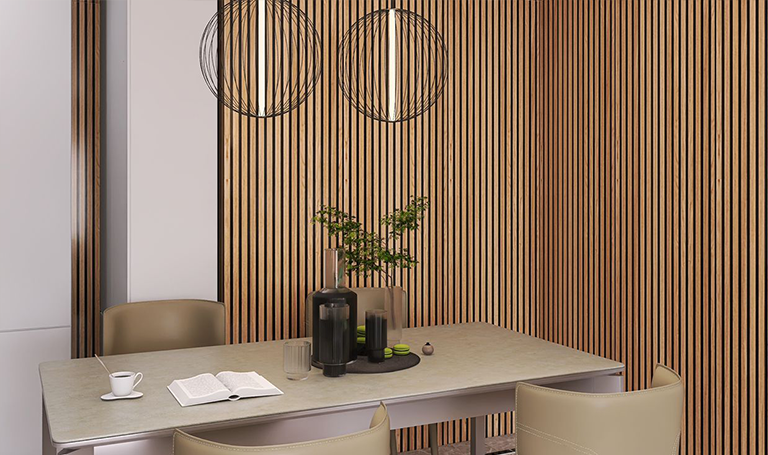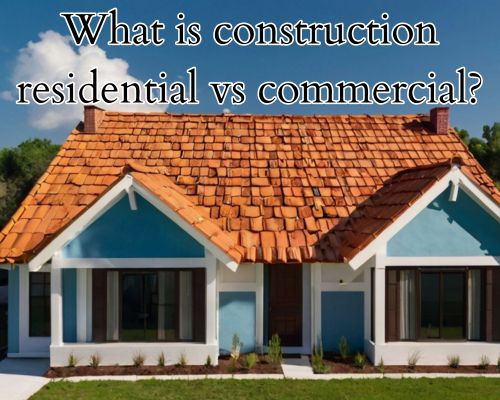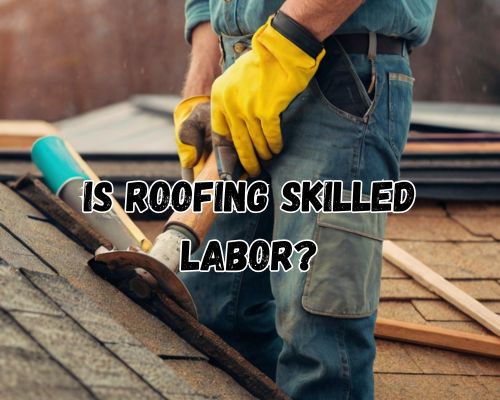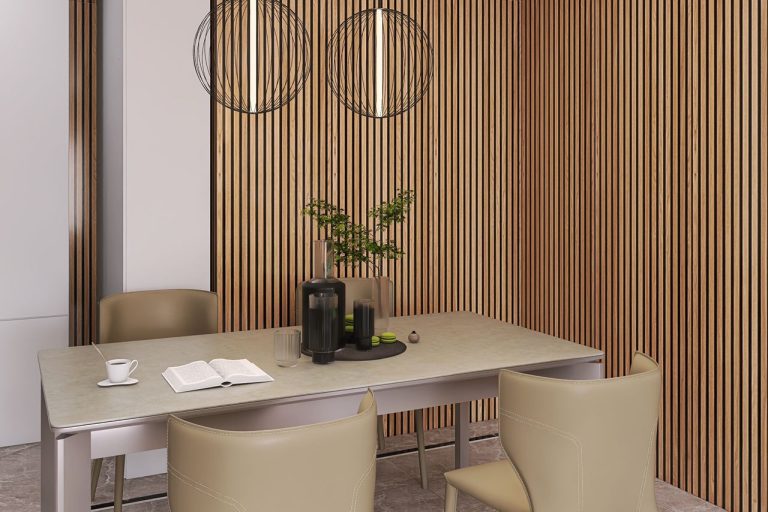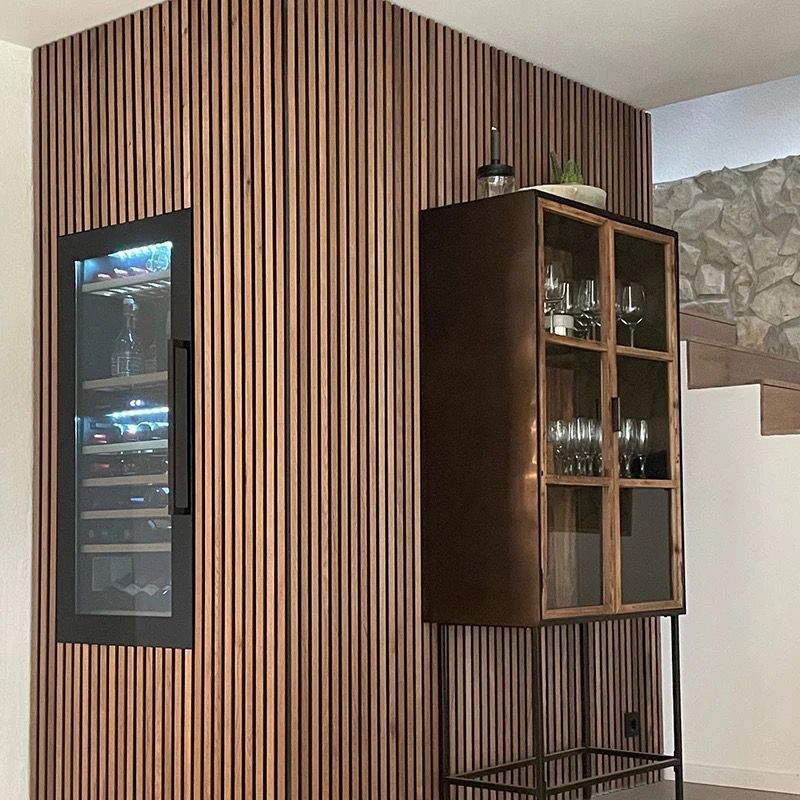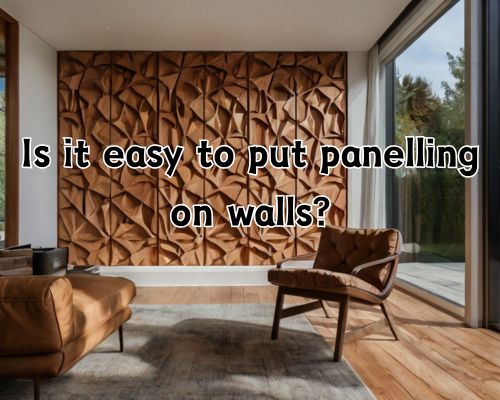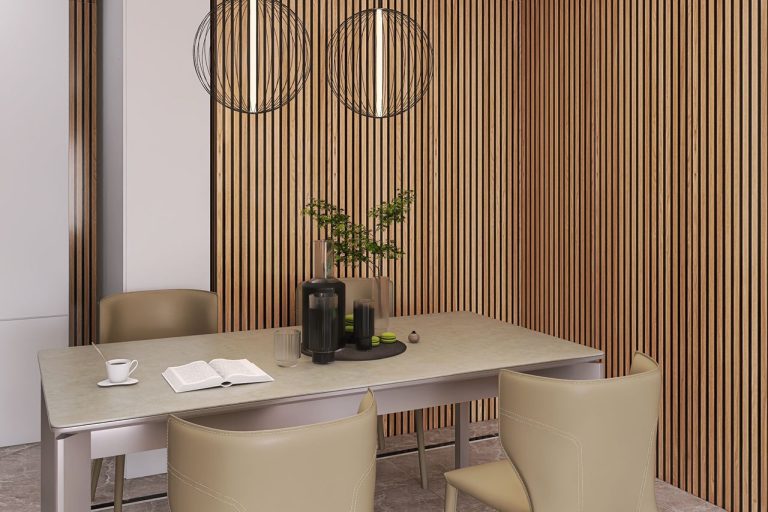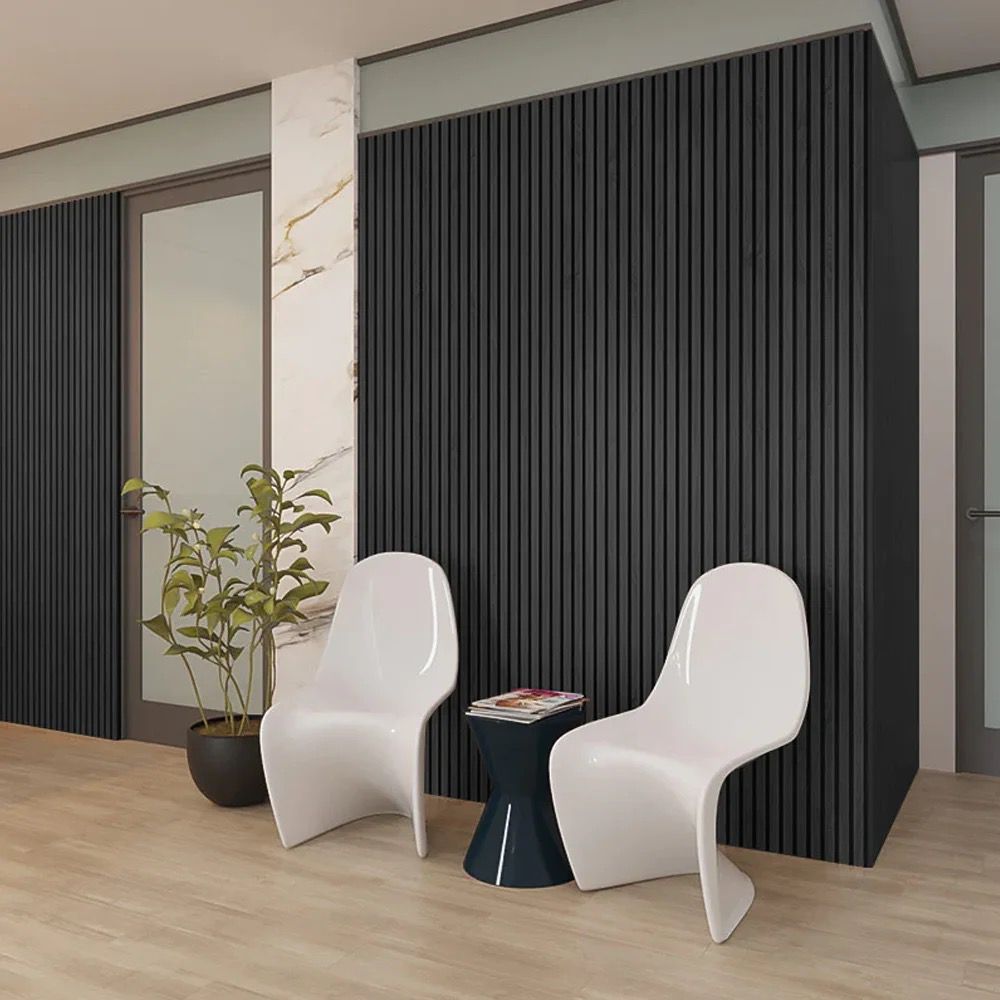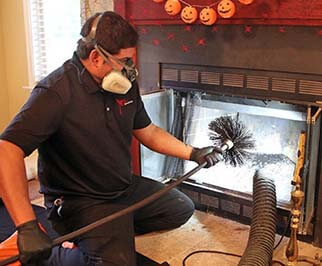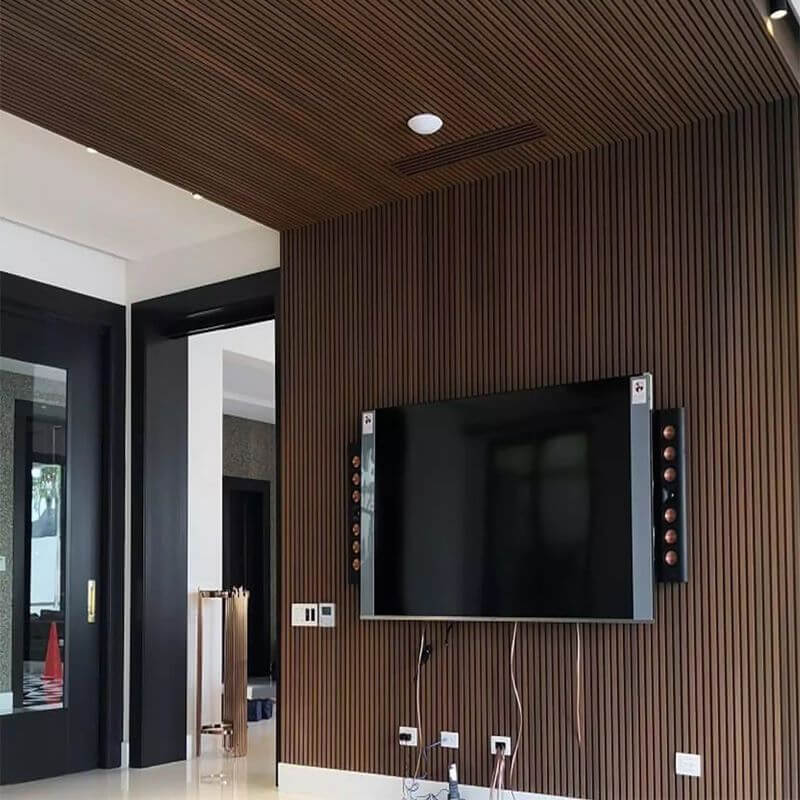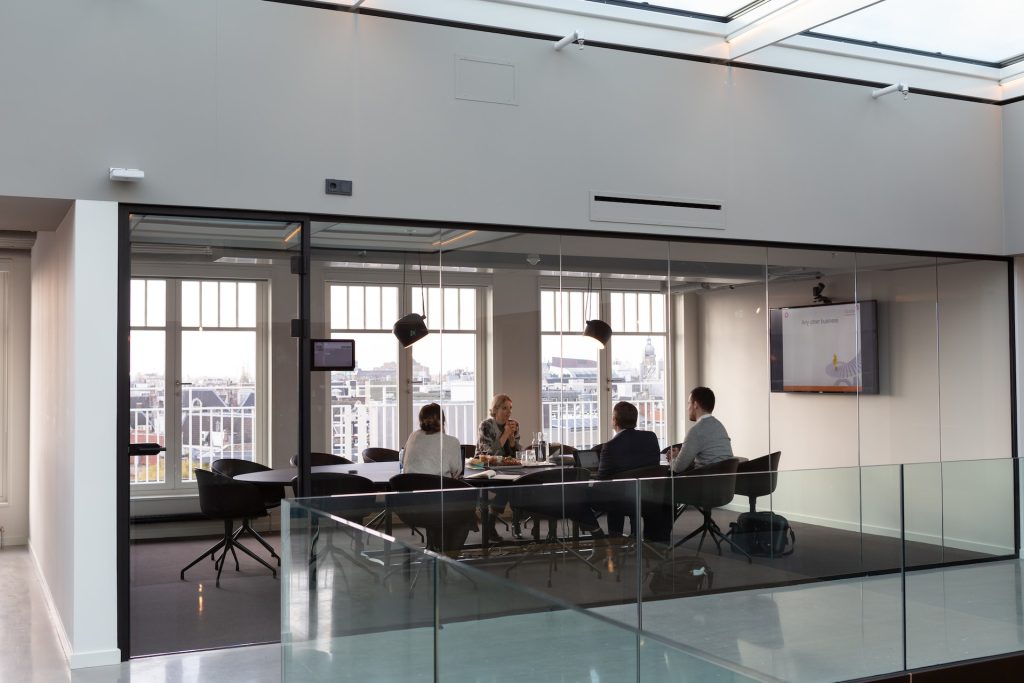
Bringing Nature Indoors: Timeless Ideas for Natural Interior DesignBringing Nature Indoors: Timeless Ideas for Natural Interior Design
Creating a serene and welcoming home starts with Transform your space with natural interior design using earthy tones, wood paneling, and sustainable materials for a calming, grounded home. rooted in nature. By incorporating earthy tones, rich textures, and sustainable materials, you can craft a space that not only looks beautiful but also feels balanced and emotionally connected.
Whether you’re updating a single room or refreshing your entire home, this guide will help you blend natural elements with thoughtful choices to achieve lasting comfort and style.
Use Color to Create Calm And Natural Interior Design
Color profoundly influences the atmosphere of a space and can shape the way we feel, think, and even behave within it. The right color palette has the power to energize a room, create a sense of comfort, or evoke deep calm and relaxation. Whether it’s a soft, neutral backdrop that soothes the senses or a bold accent that sparks creativity, the strategic use of color is essential in setting the emotional tone of your home.
Draw Inspiration from the natural interior design
Earth-inspired shades like moss green, soft clay, stormy blue, and muted sand offer a grounded and soothing atmosphere. These hues reflect the natural world and bring a sense of tranquility indoors, making any space feel more organic and livable.
Experiment Before You Commit
If bold walls feel overwhelming or you’re unsure about committing to a dramatic change, consider starting small with accent pieces and accessories. Think throw pillows in vibrant tones, eye-catching artwork that incorporates colors you’re curious about, or area rugs that introduce a new palette without dominating the room. These subtle additions are an effortless and low-risk way to experiment with color and observe how different shades interact with your lighting, furniture, and overall mood.
Pairing Wood with Wall Colors Natural Interior Designs
While wood contributes warmth, depth, and character to interiors, selecting the appropriate wall color to complement it is crucial.
Avoid High Contrast
Bright white walls, while popular for their clean and crisp look, can sometimes create a stark contrast when paired with warm wood tones. This sharp difference can make a room feel cold, impersonal, or visually disconnected, detracting from the inviting atmosphere you want to cultivate. To achieve a more cohesive and welcoming space, it’s better to choose soft, warm neutrals such as creamy ivory, gentle beige, muted taupe, or the increasingly popular greige—a balanced blend of gray and beige. These colors complement the natural variations and rich textures found in wood, enhancing its warmth and character rather than overpowering it.
Add Texture with Wood Panels
One of the most effective ways to incorporate natural texture is through wood wall paneling. Whether you prefer vertical slats, horizontal planks, or a rustic reclaimed finish, wood panels introduce structure and style. For inspiration, explore a wide range of quality options at Wood Panel New York and Wood Panel Walls. These options allow you to elevate any room with warmth and character, from living rooms to entryways.
Design with Sustainability and Purpose
True comfort goes beyond looks—it’s about creating a space that aligns with your values. Sustainable design not only benefits the environment but also enhances the longevity and quality of your home.
Choose Natural Materials
Linen, cotton, raw wood, clay, and stone are not only beautiful—they’re also better for your health and the planet. These materials age well, require less maintenance, and provide a tactile richness that synthetic alternatives can’t match.
Make Mindful Decisions
Choose brands and professionals that support eco-conscious values. Working with design teams focused on sustainable solutions—like WorlDigital—ensures your project reflects both your style and commitment to responsible living.
Design Tips to Ground Any Room
Need quick inspiration? These ideas make it easy to bring nature into your home:
- Layer textures like woven baskets, wool throws, and ceramic vases.
- Use natural light strategically with sheer curtains or linen shades.
- Add greenery to bring life and movement into a still space.
- Stick with timeless shapes and materials to avoid fleeting trends.
FAQs: Natural Home Design Made Simple
Q: How do I begin incorporating natural elements without renovating?
Start with accessories—add wooden trays, neutral textiles, or a plant-filled corner. Small changes can have a big impact.
Q: Is wood paneling suitable for small spaces?
Absolutely. Lighter-toned wood panels can add depth without overwhelming. Vertical slats even create the illusion of height.
Q: Can natural design work with a modern aesthetic?
Yes. Combining clean-lined furniture with warm, organic finishes strikes a perfect balance between minimalism and coziness.
